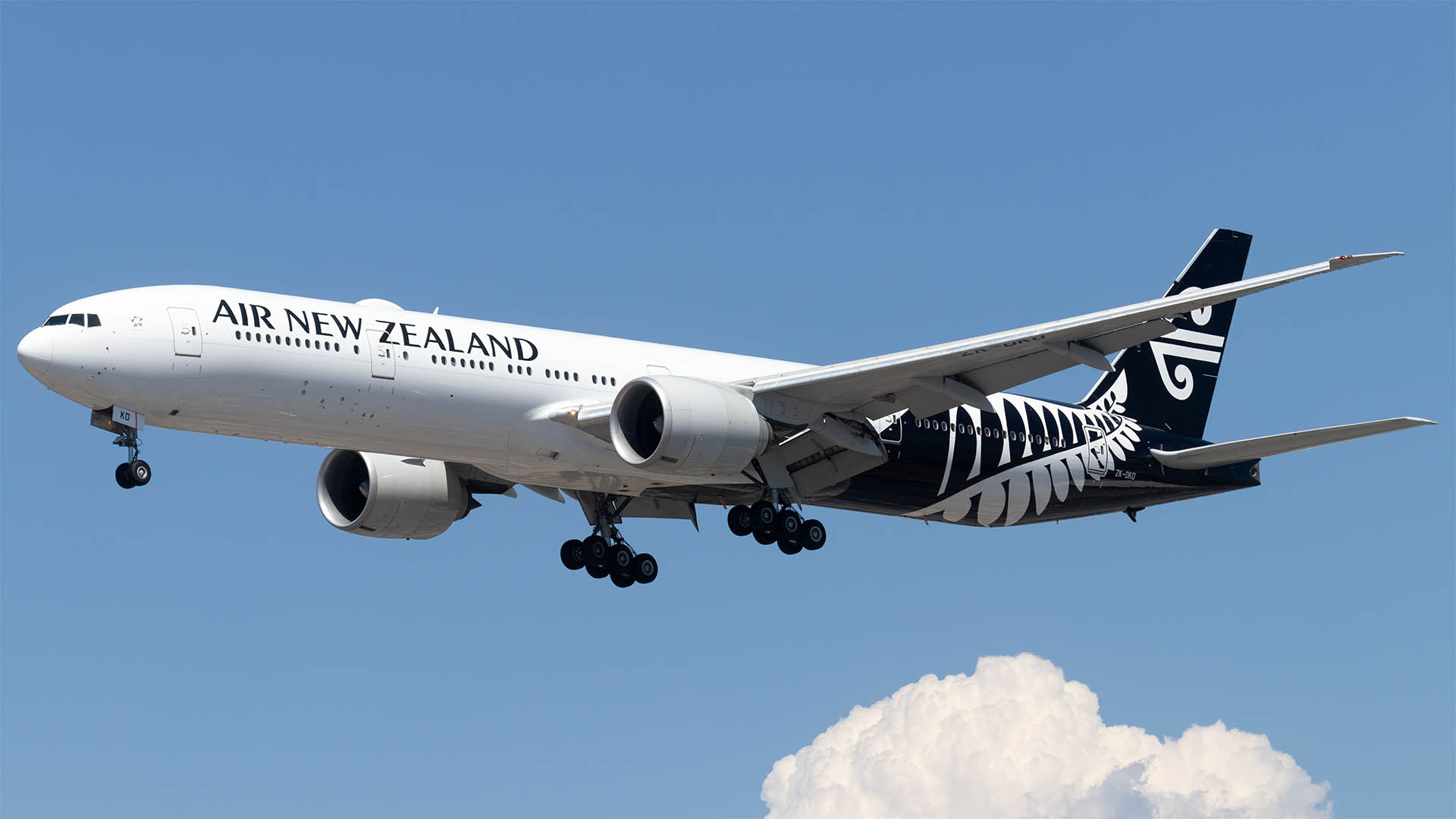A smaller than expected rise in producer prices in the December quarter shows that inflationary pressures might not be so strong in the economy after all.
The one thing the Reserve Bank has been concerned about is whether cost pressures have been 'locked' into the system or embedded in the cost base of business, with the higher costs being passed on whenever they can be.
The PPI for the three stages of production – preliminary, intermediate and final for the December quarter and calendar 2007 – show that inflationary cost pressures eased a touch.
But that fall was driven by falling import costs: the rise in domestically-generated inflation continued with the year on year rate moving back above 4% for the first time in a year.
That will worry the RBA.
Australia's producer price index (PPI) at the final stage of production rose 0.6% in the December quarter and by 2.8% over the year, according to figures released yesterday from the Australian Bureau of Statistics.
That was well under the 1.1% rise in the September quarter.
The December quarter's PPI at the intermediate stage rose 1.1%, while at the preliminary stage it rose 1.5%.
Over the year to December, at the intermediate stage, the PPI rose 4.3% and at the final stage it rose 4.7%.
This points to how manufacturers and other suppliers couldn't fully recover raw material costs (especially the higher price of oil, chemicals and petrol).
The ABS pointed out that during the December quarter 2007, "the prices paid by manufacturers for material inputs increased by 3.6%, while the prices they received for their outputs increased by 1.6%. Through the year to December quarter 2007, prices of material inputs increased by 7.9%, while prices for their outputs rose 3.4%.
That would indicate some downward pressure on profit margins occurred in the quarter.
Economists had expected the final stage December quarter PPI to rise 1.1%, so the market estimates were well short.
The strong Australian dollar in the quarter cut imported producer prices, which fell by 1.4% at the final stage of production in the December quarter. The main driver in price rises was the cost of imported fuels, while agricultural prices fell, as did the cost of electronic equipment and transport goods.
The ABS explained the price increases this way:
"The increase in the final (Stage 3) index reflects a rise of 0.9% in the price of domestically produced items, partially offset by a fall of 1.4% in the price of imported items.
"The domestic component increased due to price rises for building construction (+1.4%), petroleum refining (+12.3%) and dairy product manufacturing (+7.8%).
"These increases were partially offset by price falls for other agriculture (-19.4%). The imports component decreased due to price falls for electronic equipment (-7.9%) and other transport manufacturing (-5.2%), partially offset by price rises in petroleum refining (+17.1%).
"The increase of 1.1% in the intermediate (Stage 2) index reflects an increase of 1.1% in the price of domestically produced items and a rise of 0.6% in the price of imported items.
"The domestic component increased due to price rises for petroleum refining (+11.8%) and property operators and developers (+3.1%) and oil and gas extraction (+11.8%), partially offset by price falls in basic non-ferrous metal manufacturing (-10.4%).
"The imports component increased due to price rises for oil and gas extraction (+10.3%) and petroleum refining (+12.7%), partially offset by price decreases for iron and steel manufacturing (-8.8%) and electronic equipment manufacturing (-6.5%).
"The increase of 1.5% in the preliminary (Stage 1) index reflects a rise of 1.4% in the price of domestically produced items and an increase of 2.2% in the price of imported items.
"The domestic component increased due to price rises for petroleum refining (+11.8%) and oil and gas extraction (+11.8%), partially offset by price decreases in basic non-ferrous metal manufacturing (-10.4%).
"The imports component increased due to price rises for oil and gas extraction (+10.3%) and petroleum refining (+13.5%), which were partially offset by price falls for iron and steel manufacturing (-8.5%) and electronic equipment manufacturing (-6.5%)."
Now this doesn't necessarily mean the Consumer price Index out tomorrow will be lower than expected. There's not much of a correlation between the PPI and the CPI.
The PPI does reflect cost pressures in the manufacturing and service sectors of the economy, as well as mining and construction.
The latest figures would indicate that the pressures in the economy are not as great as thought, and have tended to ease in the back half of the year.
Economists are looking for an 0.8% rise in the CPI for the quarter and an annual rate of 3.3%.
Meanwhile the Australian Industry Group has forecast that global economic uncertainty and a stronger Australian dollar will dent the domestic manufacturing industry in 2008.
The AIG says manufacturers will tighten investment spending to cope with a potential fall in demand.
The survey of 500 manufacturers conducted in December forecast that nominal export growth would be 7.5% in 2008, well down from the 13.7% levels enjoyed in the year to June.
"Australian manufacturers are anticipating moderate growth in 2008 against a background of belt tightening as the sector faces continuing global uncertainty and potential softening in demand," the survey said.
Sales by value are expected to rise by 7.2% in 2008, which is higher than the 6.9% in the previous financial year.
But in volume terms adjusted for inflation, sales are tipped to climb by 2.7%.
"The sales performance will be driven in large by domestic demand, as t












